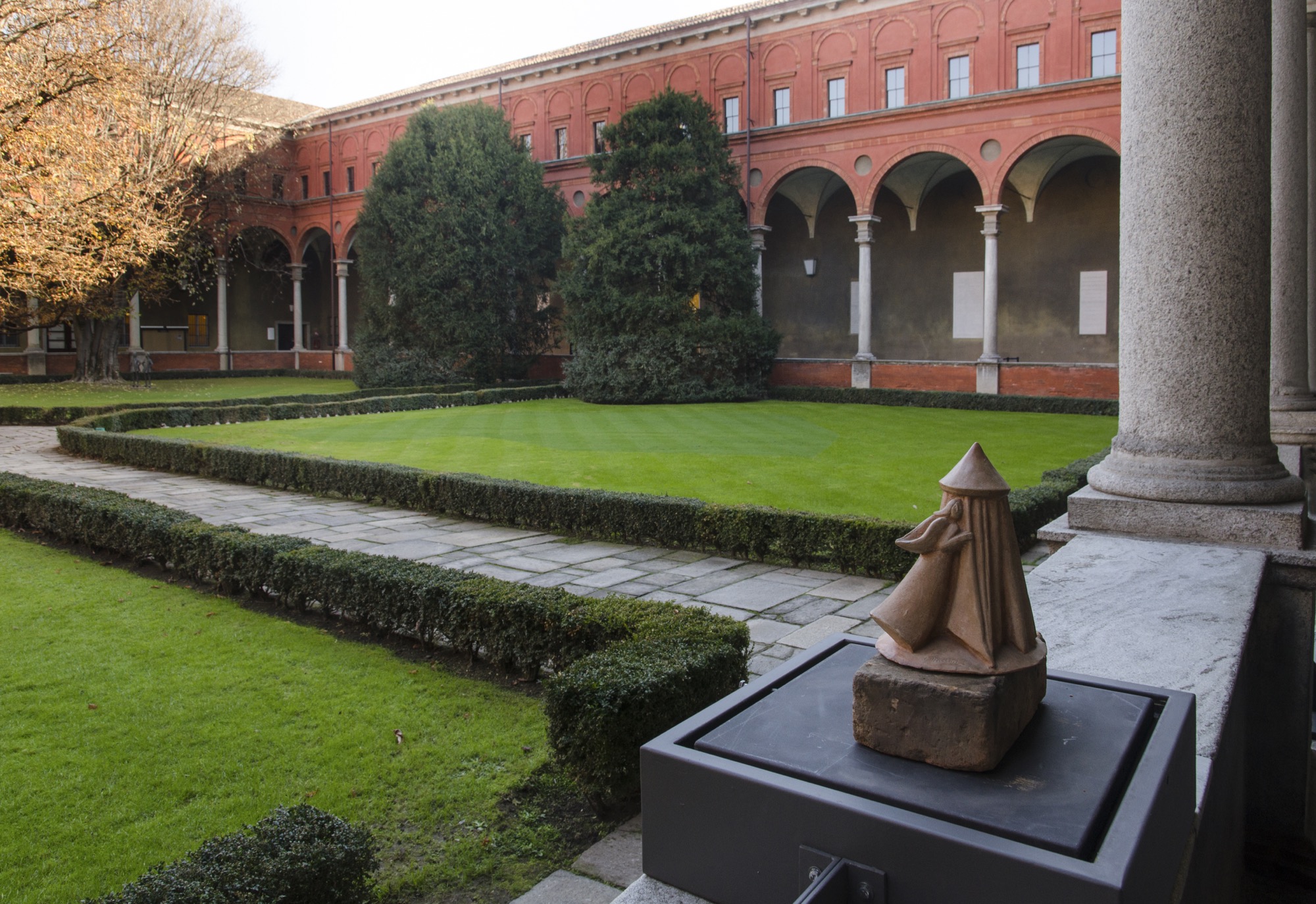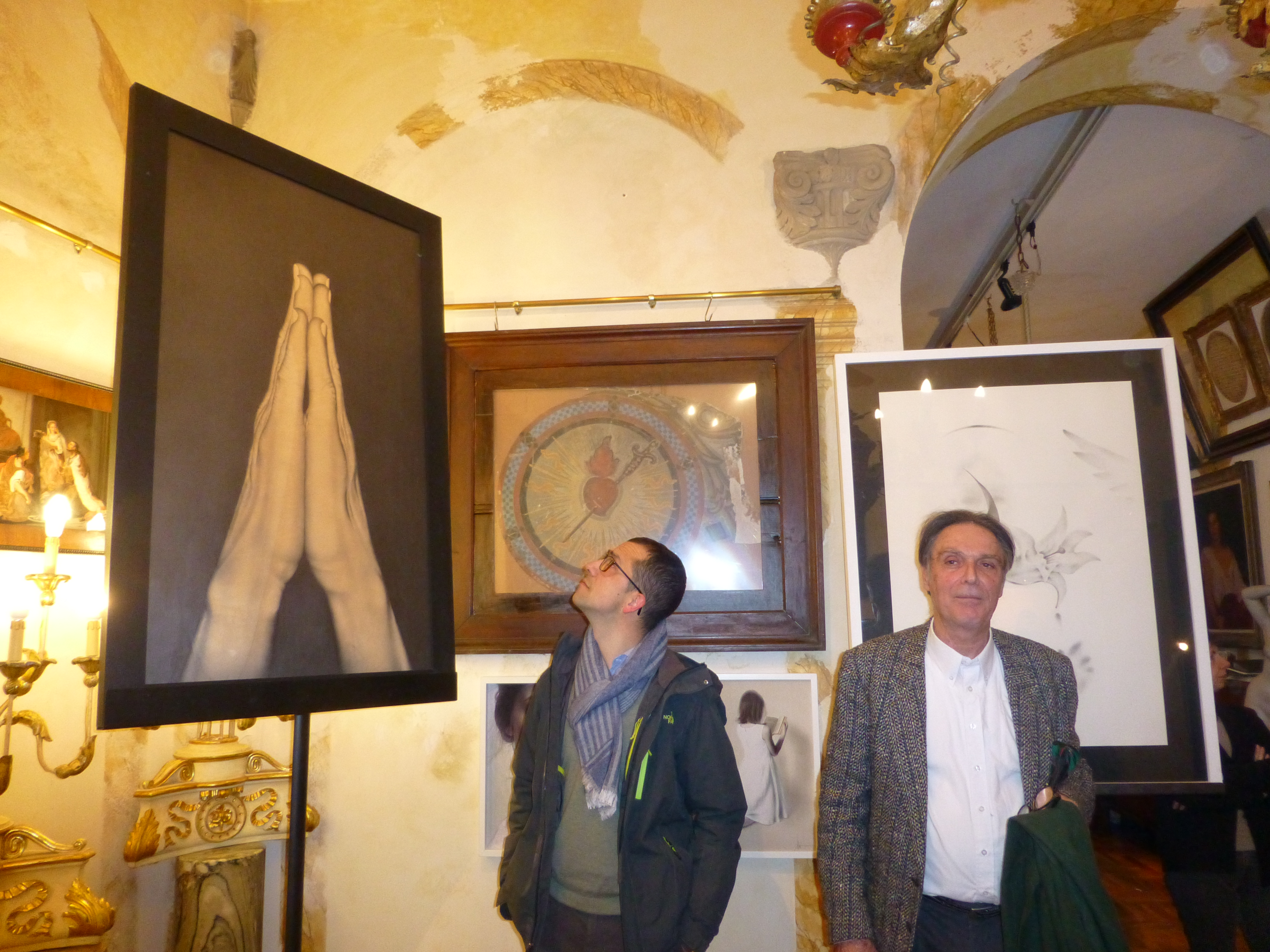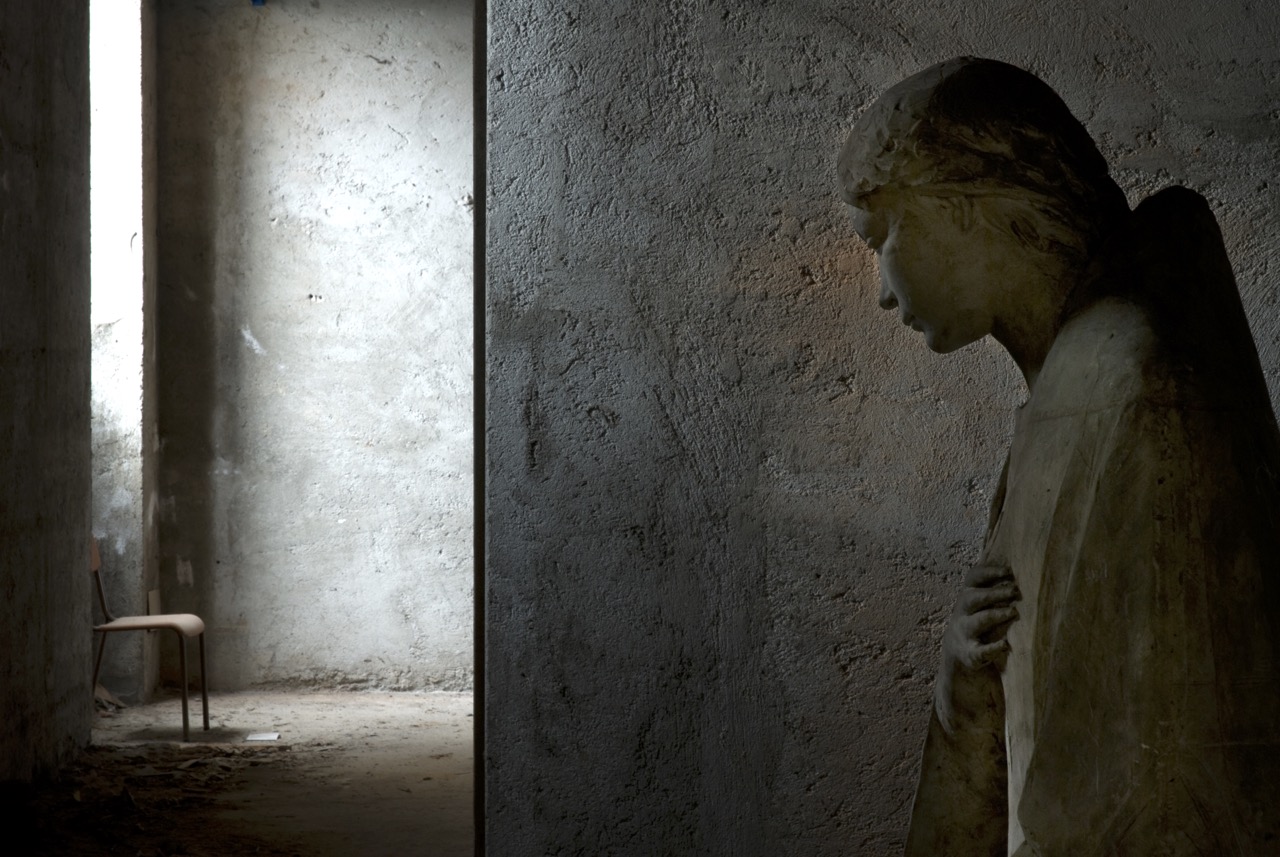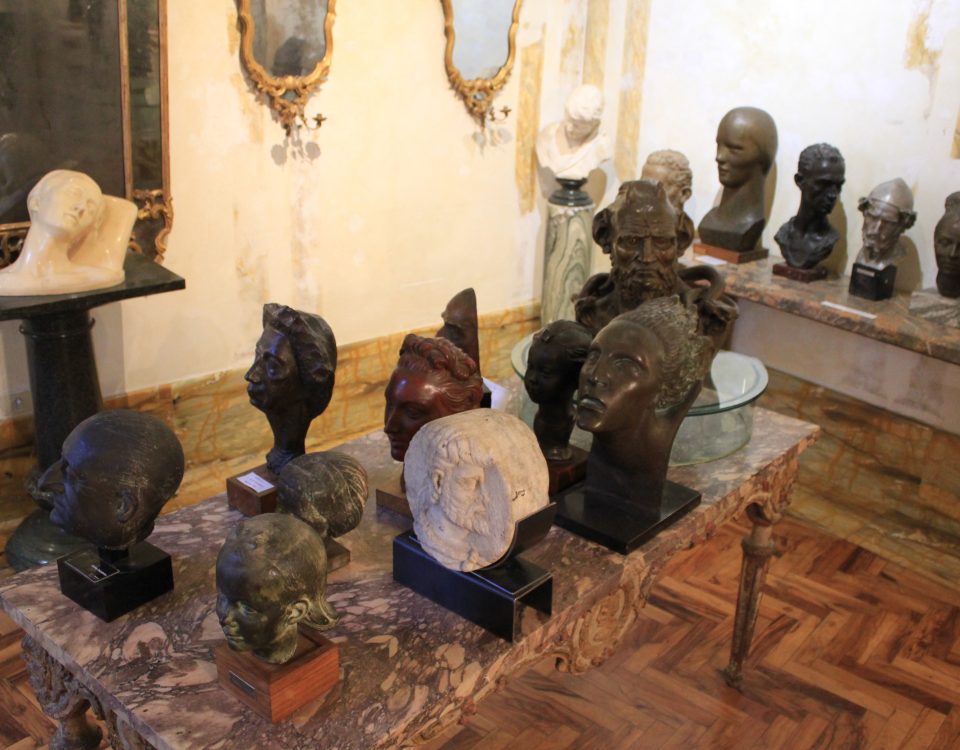
Mostra “Presepi d’autore”
20 Dicembre 2017
Annunciazione, una narrazione “ad arte”
31 Gennaio 2018E’ aperta fino alla fine di marzo in Galleria Baroni una originale mostra dedicata al tema dell’Annunciazione che raccoglie opere, frammenti decorativi e oggetti d’uso che vanno dal Medioevo ai giorni nostri. Di epoca medievale sono la fibbia da piviale in bronzo dorato del XIII secolo e un frammento ligneo dipinto con l’angelo annunciante dello stesso secolo. Si passa poi a un’Annunciazione a rilievo in legno di quercia di provenienza fiamminga, un frammento decorativo collocabile tra il XV e il XVI secolo, per arrivare al Cinquecento con piccole sculture lignee che rappresentano l’Annunciata. Particolare è l’iconografia dell’ovale settecentesco (cm 11,5 x 8,5) in avorio inciso che raffigura la Vergine già in trono, con la sedia vuota posta fra lei e l’angelo, il quale al posto del giglio tiene in mano la palma, simbolo del futuro martirio di Gesù. Alcune parti, come il viso della Vergine, sono consunte, segno che si trattava di un oggetto da preghiera. Sempre settecentesco il bassorilievo in terracotta (h cm 47 x larghezza cm 53), un frammento di area emiliano-romagnola, che ritrae Maria sull’inginocchiatoio che si volta verso l’Angelo Annunciante. Si passa poi ai primi del Novecento con un’opera scultorea formata da una coppia di figure – Madonna e Angelo – in ceramica (h cm 35) di Francesco Nonni (Faenza 1885 – 1976), artista poliedrico che fu intagliatore su legno, xilografo, incisore su avorio, pittore, plasticatore e con un bassorilievo in terracotta (h cm 36) di Francesco Wildt (Milano 1868 – 1931).
Completa l’esposizione una selezione di opere di artisti contemporanei a cura della Fondazione Crocevia: Daniela Alfarano, Mauro Davoli, Massimiliano e Omar Galliani, Max Mandel, Michele Ranzini.
L’ingresso è lilbero. Gli orari della galleria sono: da martedì a sabato, dalle 15.30 alle 19.30.
An original exhibition dedicated to the theme of the Annunciation, which collects works, decorative fragments and objects from the Middle Ages to the present day, is open until the end of March in Galleria Baroni. From the Middle Ages are the bronze gilt buckle of the thirteenth century and a wooden fragment painted with the announcing angel of the same century. Then we move on to an embossed Annunciation in oak wood of Flemish origin, a decorative fragment that can be placed between the fifteenth and sixteenth centuries, to arrive at the sixteenth century with small wooden sculptures representing the Annunciata. Particular is the iconography of the 18th-century oval (11.5 x 8.5 cm) in engraved ivory depicting the Virgin already enthroned, with the empty chair placed between her and the angel, who in place of the lily keeps in hand the palm, symbol of the future martyrdom of Jesus. Some parts, like the face of the Virgin, are worn, a sign that it was a prayer object. The terracotta bas-relief (h 47 cm x width 53 cm), a fragment of the Emilia-Romagna area, depicts Maria on the kneeling-head facing the Angel Announcer. The exhibition goes to the early twentieth century with a sculptural work formed by a pair of figures – Madonna and Angel – in ceramic (h 35 cm) by Francesco Nonni (Faenza 1885 – 1976), multifaceted artist who was wood carver, xylograph, engraver on ivory, painter, plasticator and with a terracotta bas-relief (h cm 36) by Francesco Wildt (Milan 1868 – 1931).
The exhibition is completed by a selection of works by contemporary artists organized by the Crocevia Foundation: Daniela Alfarano, Mauro Davoli, Massimiliano and Omar Galliani, Max Mandel and Michele Ranzini.
The entrance is free. The gallery hours are: from Tuesday to Saturday, from 3.30 to 7.30 pm.
- fibbia da piviale
- ovale in avorio, secolo XVIII
- Annunciazione Francesco Nonni e Anselmo bucci
- Annunciazione Francesco Wildt
- Max Mandel
- Michele Ranzani
- Michele Ranzani
- Daniela Alfarano
- Mauro Davoli
- Bassorilievo. Emilia Romagna, secolo XVII
- Massimiliano Galliani
- Mauro Davoli
- Omar Galliani
- Annunciata, secolo XVI
- Scultura in terracotta. Emilia Romagna, sec. XVI – XVII



















